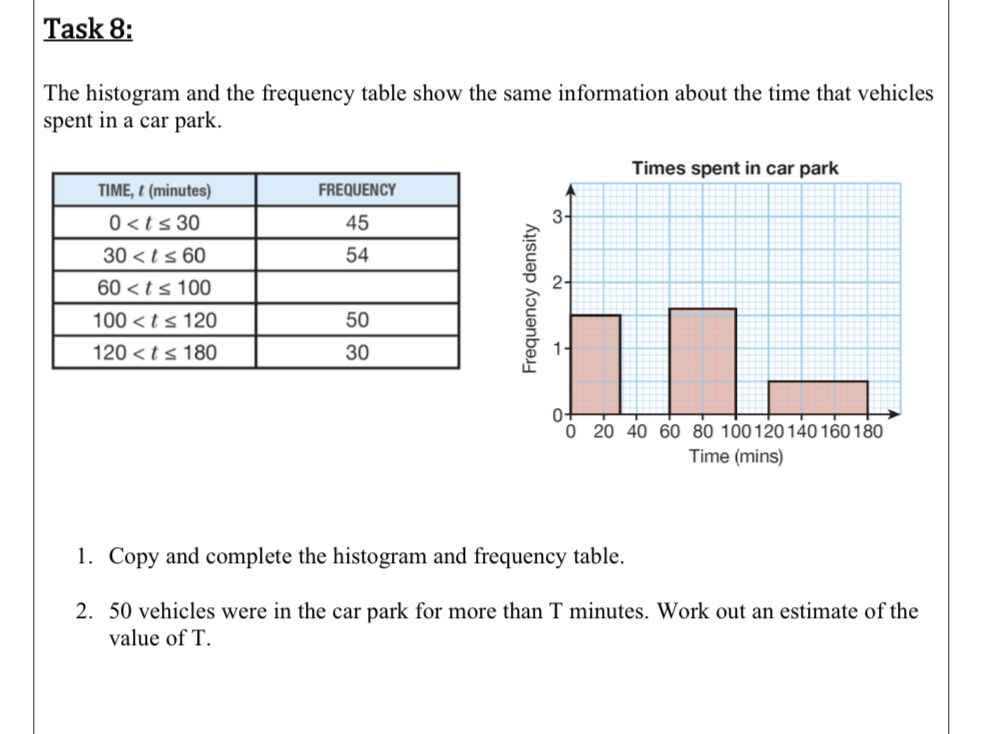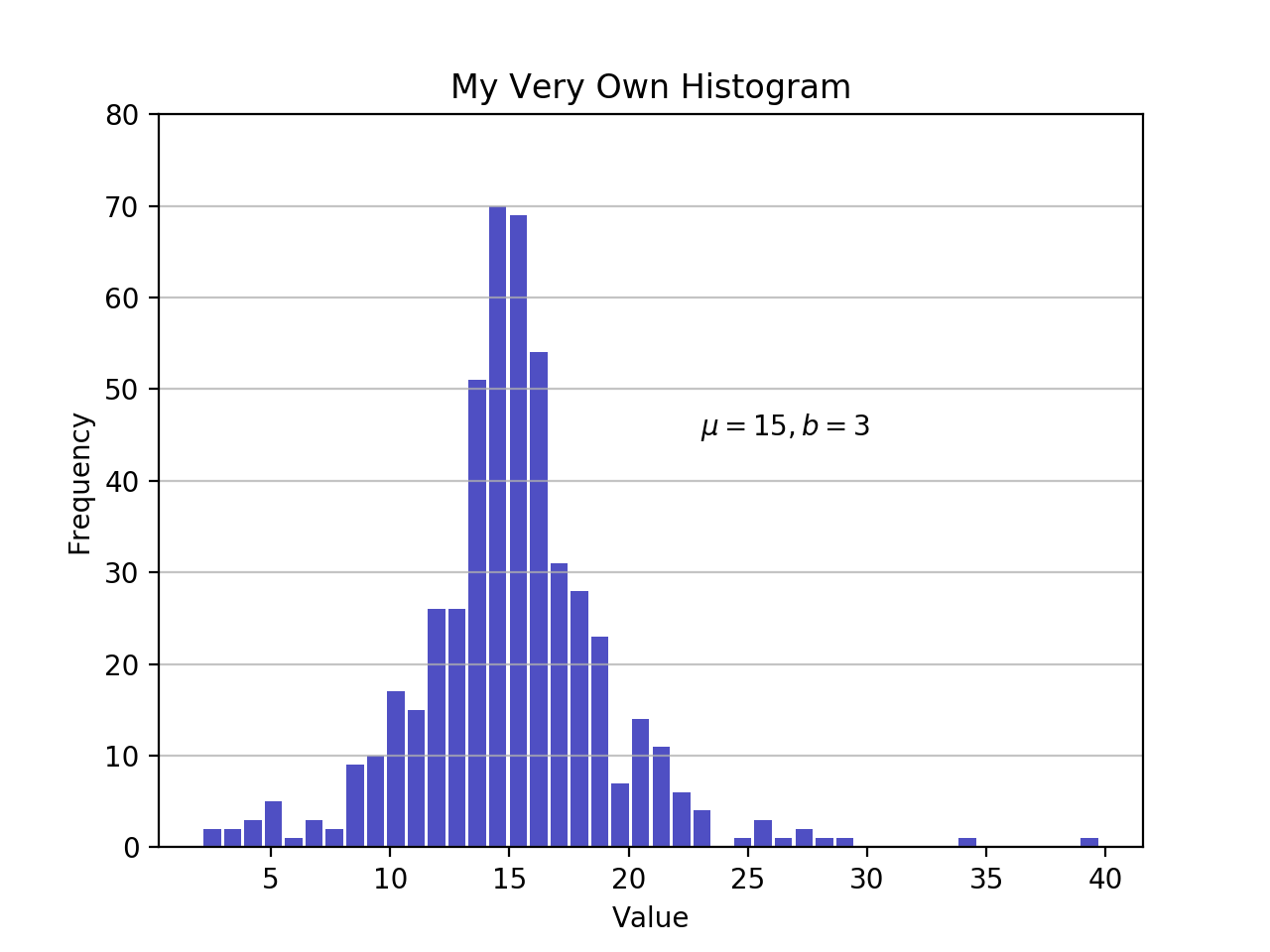
In the last image, “n” is the frequency of the class denoted by the two numbers in the inequality. Once you do this, press GRAPH to see your changes since pressing ZOOMSTAT will make the calculator recalculate everything. To do this, you press WINDOW and adjust the number next to XSCL. It’s a good idea to change this to something that is easier to work with and in this example I decided to change this to 9. Often, the class width the calculator uses isn’t very natural. The TRACE button allows you to see what the groups/classes are and the frequency. Once your plot is on, press ZOOM and then #9 ZOOMSTAT to see your graph.


This means that if you use L1, you will have less stuff to change in the calculator later. There are several lists to choose from but L1 is the default list on the other menus. To get to the lists in your calculator, press STAT and then choose 1:EDIT.

As we work through this, you might find it useful to download this Histograms on the Calculator Cheat Sheet (PDF) (just right click and select save as). In this guide, we will go the whole process step by step. The TI83 and TI84 graphing calculators give us a nice and easy way to get a histogram in order to see the overall pattern of a data set (which is the goal of any histogram!).


 0 kommentar(er)
0 kommentar(er)
